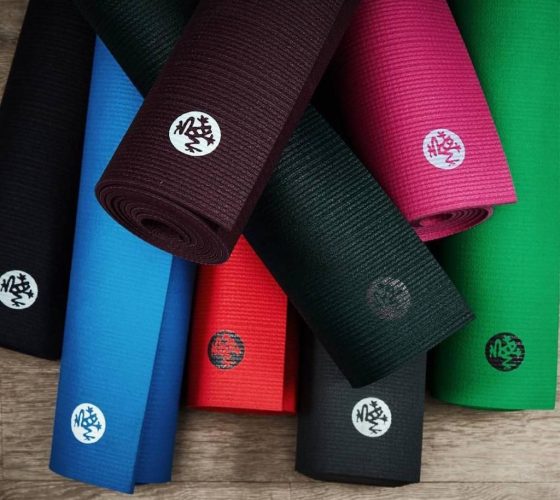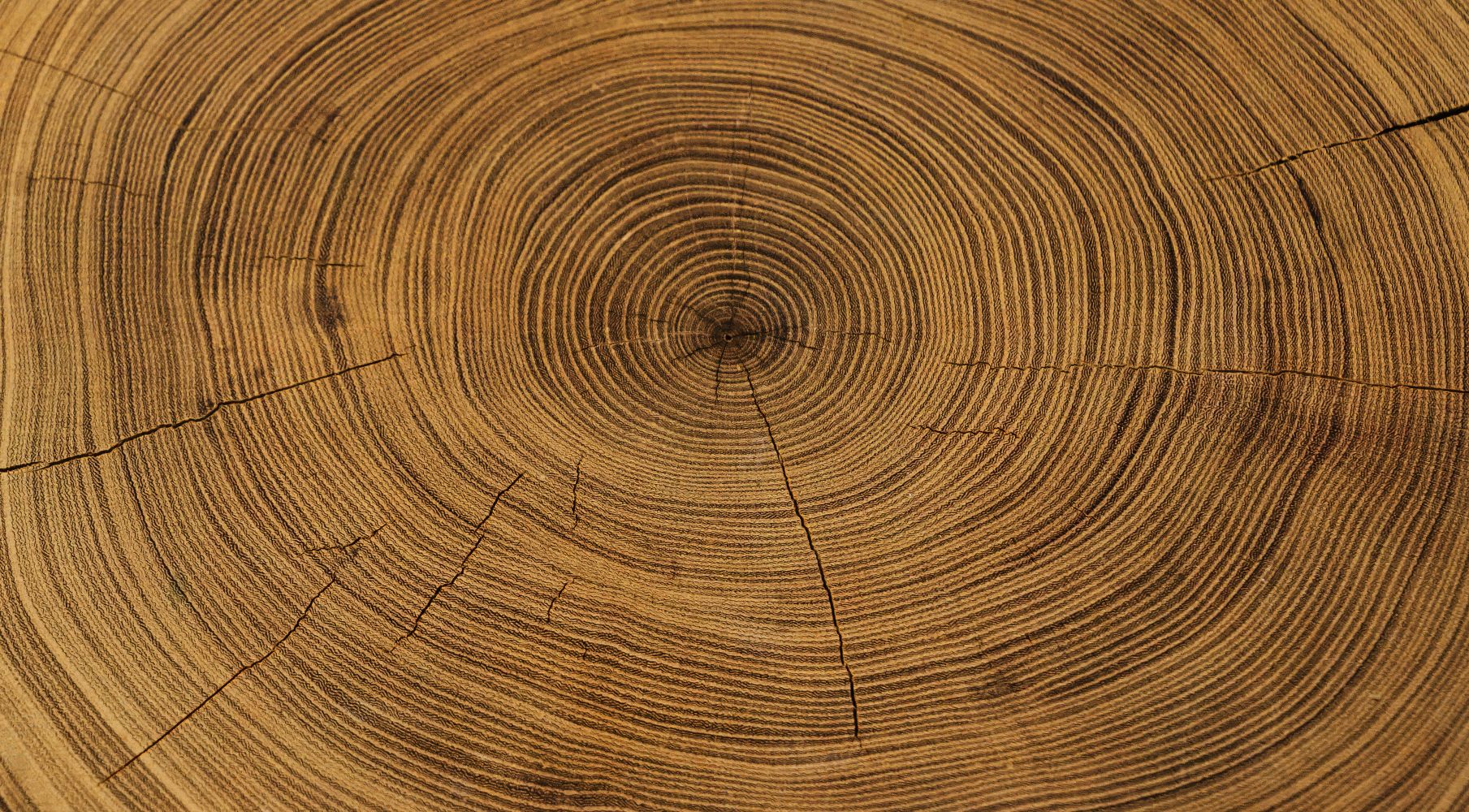Eat less meat! Shop local! Upcycle! Slowly, but surely, we are creating a set of modern mantras to help us navigate our consumption. Trends seem to indicate that most of us believe our personal actions can have an impact on the Earth, but research unequivocally shows that we are suffering from news cycle fatigue and burnout in greater degrees than ever before. As yogis, one of the ways we can show up (in addition to our physical practice) is to stay present and engaged in how we buy and consume our planet’s resources. Over the next few months, I’m inviting you to come with me as we zoom in on the most consumed item in the yoga industry: the yoga mat.
To be clear, the early yogis didn’t quite have the same dilemma we have. The first yoga “mats” were made of animal skins (picture a tiger or deer skin rug) and were primarily used for seated meditation and breathing practices. Today, mats are constructed from a wide range of materials; including things you’ve heard of, such as cotton, cork, hemp, jute, and rubber, as well as some things you haven’t; for instance, ethylene-vinyl acetate (EVA), polyurethane (PU), polyvinyl chloride (PVC), and thermoplastic elastomer/rubber (TPE/TPR). Beyond the range of base materials, many mats undergo a chemical process that is intended to either soften them, make them more durable, or bind two types of materials together. Finally, many mats undergo final customizations that can include stitching, laser cutting or engraving, and screen printing. Yes, your yoga mat is basically a chemistry experiment.
Are you feeling fatigued already? Don’t worry. We’re going to take it nice and slow and explore the benefits, deficits, and environmental impact of each type of mat material. For today, let’s step back and big picture this: Have you ever considered the amount of resources consumed in the shipping of mat source materials to the factory? – and then the shipping of your yoga mat from the factory to a distributor? – and then from a yoga-mat distributor to your home or studio where you bought your mat? The shipping alone takes a noteworthy toll on our environment. Here’s what we know – buying a mat made from eco-friendly materials, four to five times over the course of a decade, is much more detrimental to our planet than just buying one mat that works for your practice and lasts a really long time. When it comes to buying a yoga mat, the conscious consumer will remember this new mantra: buy the right yoga mat for you the first time.
In the next post, we’ll do a deep dive into the mat material that became the ubiquitous symbol of yoga in the 1980s. (Spoiler alert: this “sticky” material was originally intended to be carpet padding!) In no time, this material sparked a revolution in the yoga industry – we know it as PVC, or Polyvinyl Chloride. Stay tuned!














